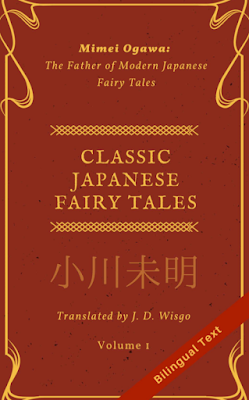"White As Snow" by Tanith Lee (published 2000)
| Tanith Lee’s “White As Snow” is a disturbing and powerful book that infuses mythology, specifically the Demeter and Persephone story, into the Snow White fairy-tale. However, you do not need to be familiar with the Snow White tale (which you probably already are) or the Greek myth to understand and enjoy this book. It is hard for me to say that I *loved* this book; there is so much sorrow within it as well as horror, but I did love it, because I felt a strong sympathy for the two main characters, Arpazia and Coira. I also enjoyed reading the structure and intricacy of the plot. The Walt Disney version’s main elements are still here, but they are altered, magnified, and made profound. The mirror plays a more abstract role in “White As Snow”; there is much to say about what it symbolizes (vanity? fear? wonder?). The story is unabashedly serious in tone, starting off with a fourteen-year-old Princess’s rape in the woods, after her father’s (the King’s) kingdom is sacked by another brutal king, named Draco. She is soon with child - a child that she detests. Before Tanith Lee’s tale begins, Terri Windling’s introduction walks us through a few variants of the tale, starting with the earliest known literary tale published in 1634 in Italy, titled Young Slave. Dwarves were not a part of the Italian literary canon, Windling teaches, but were added to stories through Nordic and Germanic traditions. Windling really points to the fact that older versions were dark and very strange. She mentioned that the Grimm Brothers’ tales were not meant for children, but for scholars, so the content was much more psychologically complex. It seems that Lee’s retelling fits the bill for encompassing the aura of older versions, and she is merited with being the “Angela Carter of fantasy literature”. One fascinating feature of “White As Snow” are Lee’s allusions to philosophy (as well as the above mentioned mythology). There is a split between the world of the kingdom and the world of the Oracle. The first is a town, ruled by the Christian doctrine, where servants wait on royalty, where soldiers do what is necessary to maintain the order of the kingdom. The second is the world of the Oracle, where slaves and royalty come together, drink, dance, and engage in folly, as well as perform pagan rituals and even witchcraft. Both Arpazia, the Queen, and her abandoned daughter, Coira, live between these two worlds. Arpazia comes to love the world of the Oracle, while Coira tries to find her place between them. This Apollonian and Dionysian split is made clear by showing these two worlds geographically - as a vast architecture surrounded by the thick woods, where people, if they wish, can travel through. The forest people (for some have chosen the forest) observe as their own pagan myths unfold before their eyes; the maiden, the Queen, the princess; all a triptych, muti-faceted changing entity that follows a certain fate… “…it seemed so. Candacis was not as she had been, even half an hour before. Now she was all at once a woman, mysterious where she had only been closed, profound where she had been only rather sad.” Coira, the abandoned daughter of the Queen Arpazia, unloved by her mother who she adores, sent away to die, meets Dwarves that decide to protect her. They live in the River Styx of all places, where mining is the job of the day, and hellfire is everywhere. The dwarves are sympathetic because they too are ostracized, patronized, and always obedient – a very difficult load to carry. Tanith Lee’s careful explanation of the dwarves and their plight is almost another story in itself, filling everything with wonder and awe… “… but God, giving them such odds to struggle with, had thereby made them secretly arrogant and dismissive of any but themselves. They had been told they were lower than humanity. They had believed it, but this depth, to them, was like a height.” Because “White As Snow” is so fantastical, why can it be so believable? That men could do these terrible things, that a mother would disown her own child, that a young girl would submit herself to atrocious deeds, both done by her and done to her. We all know that moments of human history were extremely violent, and that we once were more primal and visceral beings. To be reminded of this is an amazing gift because it does not lie. |




Comments
Post a Comment